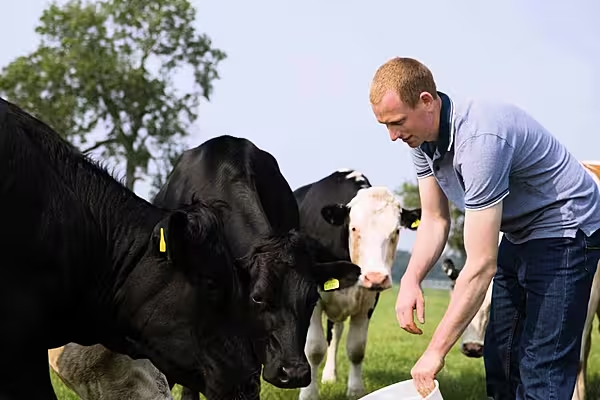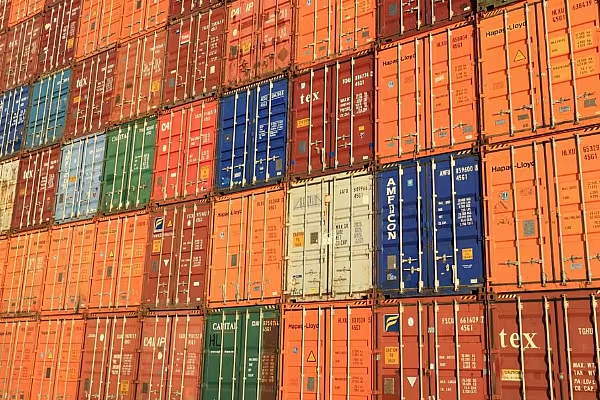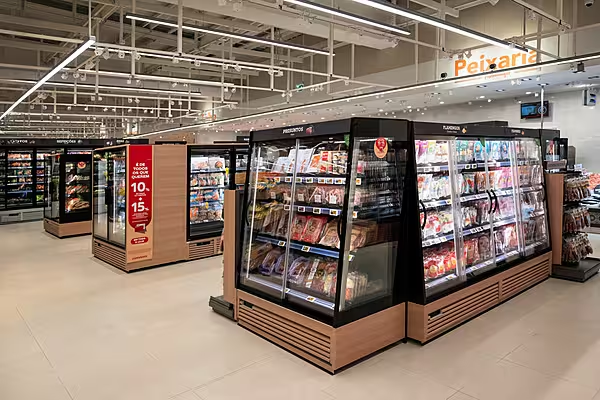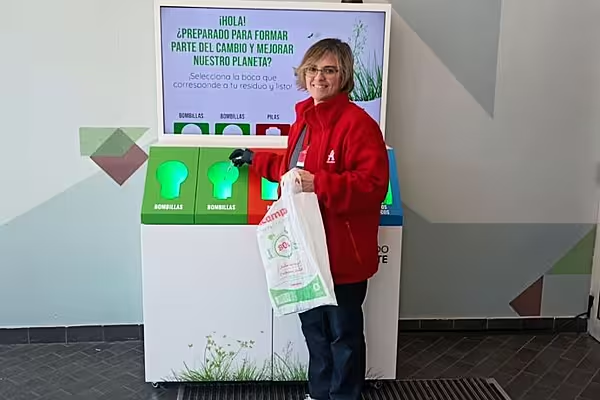The vertical farming industry is expected to grow at a CAGR of 4.83% over the next ten years, a new report by IDTechEx has found, with vertically-farmed produce valued at more than $1 billion (€980 million) by 2032.
Leading players in this sector include Infarm, Aero Farms, AgriCool and Plenty Unlimited, the latter of which recently received funding from retail giant Walmart.
Ten-Year Outlook
IDTechEx's report, Vertical Farming 2022-2032, explores the economic and technological factors shaping this rapidly growing industry, and suggests that location is likely to play an increasingly important role in determining the success of vertical farms.
'Choosing an ideal location can be one of the most important factors in determining the success of a vertical farm,' the report notes.
'Some vertical farms may choose to set up their facilities in pre-existing facilities, such as abandoned warehouses. In these cases, identifying the suitability of the venue is the first point of consideration: vertical farms are very energy intensive, and it is important to ensure the facilities chosen can support these energy loads.'
Ergonomics are another factor to consider, IDTechEx argues – given that labour costs are among the largest sources of expenditure for a vertical farm, anything that can improve labour efficiency should be of paramount importance for planners.
City Centre Location
Operating a vertical farm in the centre of a city could also prove counterproductive, the group notes, with the expense of obtaining and maintaining such a facility offsetting any benefits from being close to the end-consumer.
'On a larger scale, vertical farms may prove more profitable in different geographical regions,' says IDTechEx. 'Vertical farms can reduce water usage significantly over conventional agriculture, and the high degree of control over the growing environment allows them to grow crops in extreme climates – where such crops may not otherwise be able to grow.
'In return, vertical farms demand more energy to carry out growing operations.'
Water Scarcity
Regions of water scarcity, such as Sub-Saharan Africa and the Middle East, or areas with extreme climates, such as in Scandinavian countries, therefore represent a more preferable solution. In addition, countries in which agricultural land is lacking can also be an important factor – Singapore, for example, which which has demonstrated much interest in vertical farming over the last few years, could be a prime test case in this scenario.
'Should there already be a large supply of high-quality produce made available at lower costs, vertical farms will find it hard to distinguish their own produce and may struggle to establish a significant market share,' the report notes.
'The converse would also be true; should a country lack easy access to fresh produce, vertical farms are expected to see much demand for their produce. An example of such a region would be the Middle East: leafy greens typically travel several thousand miles to reach stores, resulting in consumers facing high prices and low-quality products.
'The high price of conventionally farmed leafy greens, alongside government subsidies, makes it easier for vertically farmed produce to approach price parity while providing much fresher, higher-quality products,' the report added.
© 2022 European Supermarket Magazine – your source for the latest technology news. Article by Stephen Wynne-Jones. Click subscribe to sign up to ESM: European Supermarket Magazine.














